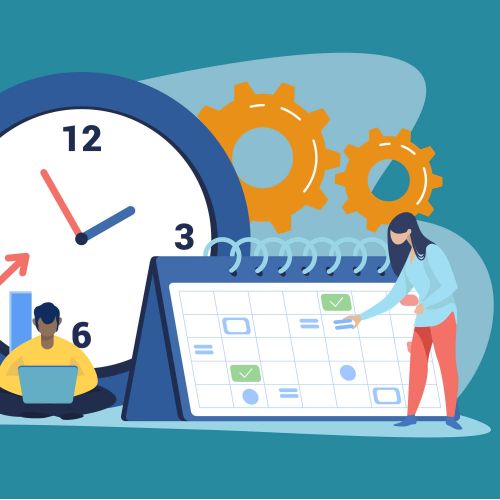COVID-19 has undoubtedly presented a number of challenges across the different sectors of society. For many of us in education, we have had to pause for a brief moment in this crisis to reflect, redesign and implement new ways of teaching.
Ironically, the importance of students being equipped with the 4C’s (creativity, collaboration, critical thinking and communication) to ensure their success are in fact the same skills we have had to draw on to ensure our effectiveness during this pandemic.
Puentedura’s (2013) Model gave me the opportunity to evaluate my effective use of technology. Puentedura (2013) developed the SAMR Model to help educators to evaluate their current technology use and its suitability to achieving different educational outcomes. According to the Model, technology is either used for enhancement (substitution or augmentation) or for transformation (modification or redefinition).

With a reduced timetable and fewer interruptions that tend to crop up when teaching face-to-face, I spent a lot of time planning and imagining how far the boundaries could be pushed in terms of what i could do now as well as how sustainable this approach would be when we return to ‘normal’ teaching.
I first focussed on using technology as an enhancement. I would project slides whilst talking through the content giving students opportunities to get involved by asking questions in the chat function. Similarly, I utilised Google Forms so that I could set quizzes where I could provide instant feedback and gain useful insights about student misconceptions. Whilst this proved to be a useful and functional tool, in many ways my use of Google Forms mirrored what I could do face-to-face.
The next challenge was to try and use technology so that it transformed education allowing me to be more confident that a deeper level of learning was occurring. I began using Google apps including Jamboard, Documents and Slides. All of these apps allow students to create new ways to demonstrate their learning while also having the opportunity to receive feedback from peers and myself. For some of my students, these tools gave them a voice that was difficult to hear in a ‘normal’ classroom setting.
In an attempt to elevate my use of technology to SAMR’s redefinition phase, my colleagues and I decided to experiment with the use of technology by redesigning our KS3 SoW. Technology has a pivotal role in providing students with a multitude of ways to access knowledge, including Geographical and Historical expertise. The nature of this SoW also allows students to apply their knowledge and skills to different contexts and demonstrate their learning in a variety of ways.
Lastly, I have revisited a tool I used previously (why did I stop?) called Educreations where I create ‘flipped classroom’ videos. Students can pause, rewind and rewatch these videos as often as they want and also respond by creating their own content. Feedback from my students suggests that so far, they are enjoying this level of independence and range of avenues they can utilise to demonstrate their learning.
To read more about the SAMR Model, please see Puentedura’s work here.
Puentedura, R. (2013). SAMR and TPCK: An Introduction.

Big Education Trust is a company limited by guarantee registered in England and Wales.
Company registration number: 07648389.
VAT number: GB142676505
Registered Office: c/o School 21, Pitchford Street, London E15 4RZ
Privacy Policy | Terms & Conditions
| Cookie | Duration | Description |
|---|---|---|
| cookielawinfo-checkbox-analytics | 11 months | This cookie is set by GDPR Cookie Consent plugin. The cookie is used to store the user consent for the cookies in the category "Analytics". |
| cookielawinfo-checkbox-functional | 11 months | The cookie is set by GDPR cookie consent to record the user consent for the cookies in the category "Functional". |
| cookielawinfo-checkbox-necessary | 11 months | This cookie is set by GDPR Cookie Consent plugin. The cookies is used to store the user consent for the cookies in the category "Necessary". |
| cookielawinfo-checkbox-others | 11 months | This cookie is set by GDPR Cookie Consent plugin. The cookie is used to store the user consent for the cookies in the category "Other. |
| cookielawinfo-checkbox-performance | 11 months | This cookie is set by GDPR Cookie Consent plugin. The cookie is used to store the user consent for the cookies in the category "Performance". |
| viewed_cookie_policy | 11 months | The cookie is set by the GDPR Cookie Consent plugin and is used to store whether or not user has consented to the use of cookies. It does not store any personal data. |
You’ve read a number of our blogs and we’re delighted you’re interested in our work.
Become a member for FREE and enjoy…